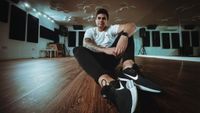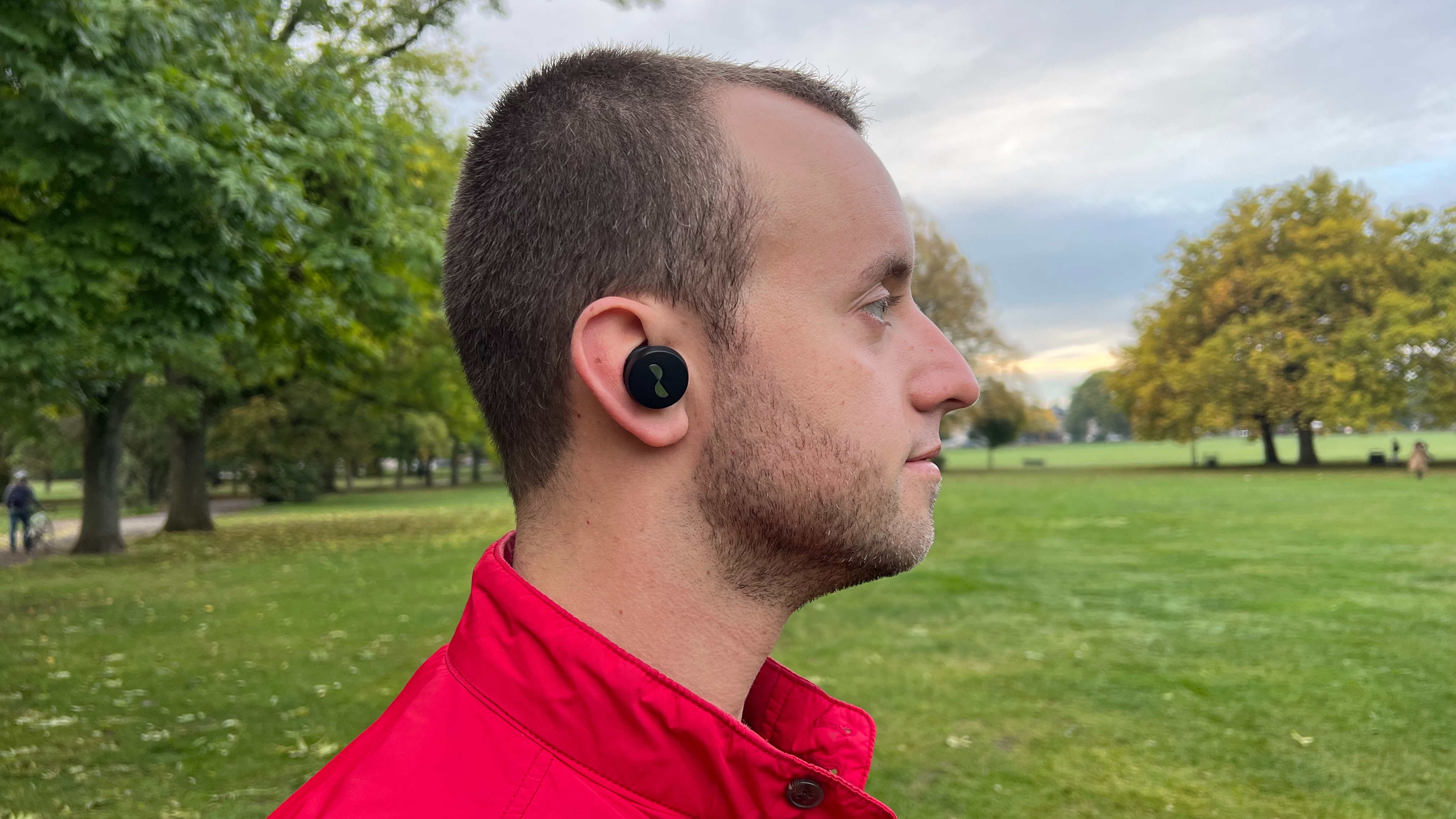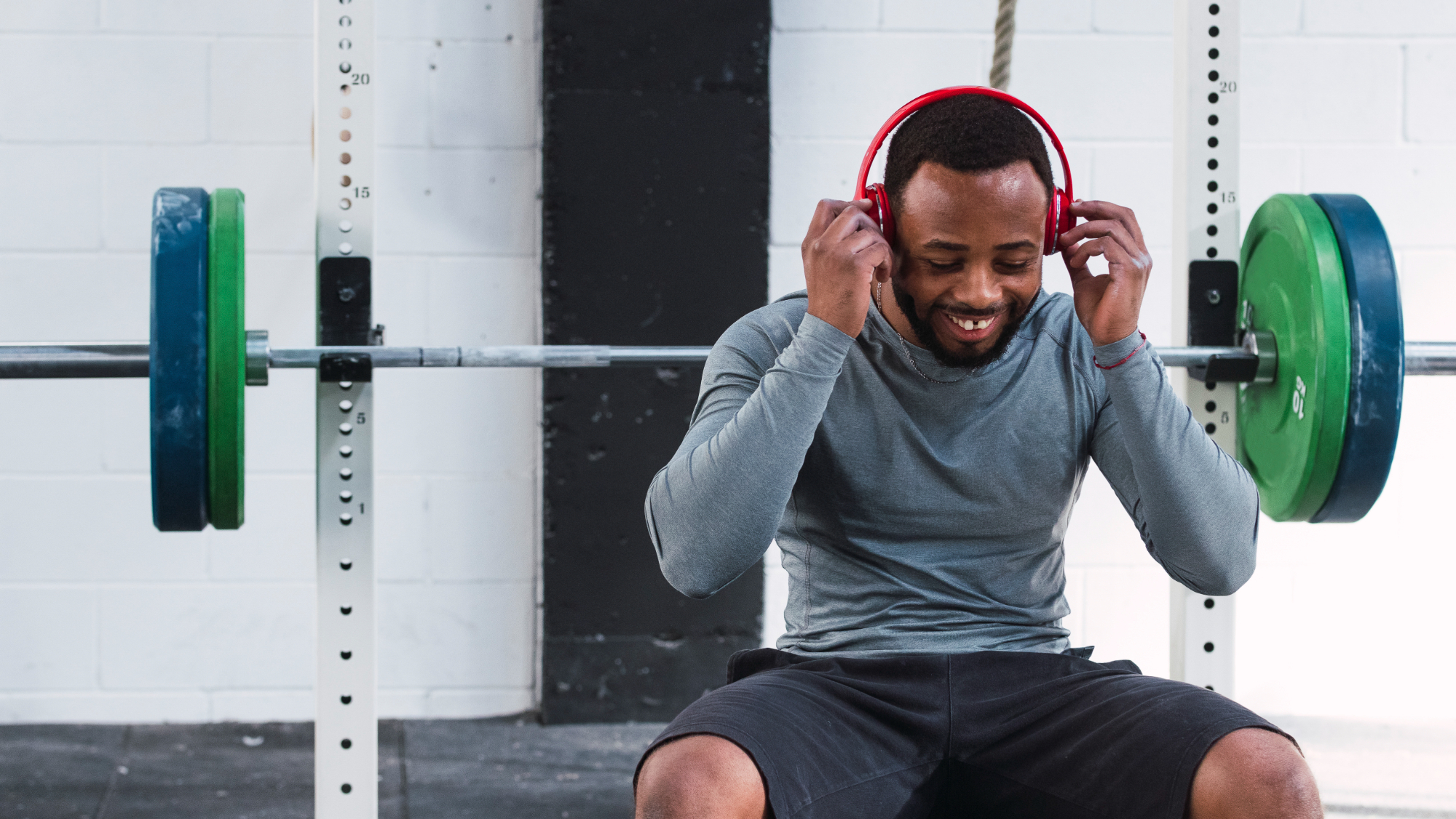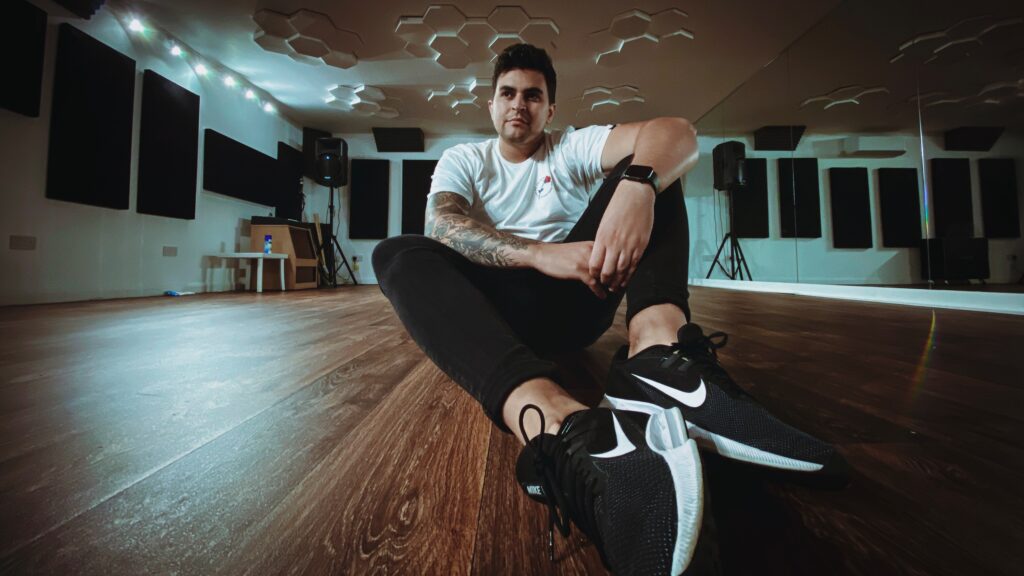Earbuds vs headphones: which are best for your workouts?
Stuck comparing earbuds vs headphones for your workouts? We'll help you decide between them


It can be hard to weigh up earbuds vs headphones for exercise. After all, music and exercise go hand-in-hand, and there's nothing like finding the right song to keep you motivated as you lift weights or tackle a hill run.
Whether you prefer listening to music or podcasts during your workouts, you'll have to face the eternal debate eventually — earbuds vs headphones. The best workout earbuds are a solid option if you're looking for a lightweight set, but headphones have their place too.
But when it comes to deciding between them, there are plenty of considerations, ranging from the type of exercise you're doing to where you're doing it to personal preference. This guide will cover all those questions to help you find a comfortable middle ground.
Earbuds vs headphones: price
Price is essential for workout headphones, as you won't want to break the bank on a set you plan to keep at the bottom of your gym bag or get covered in sweat. But the cost varies a lot depending on the features you're after.
You can find high-quality earbuds for as little as $30, like the JLab Go Air Sport, which have a 40-hour battery life and ear hooks to keep them in place but don't have noise cancellation. But premium sets like the Apple AirPods Pro retail for around $250.
Meanwhile, headphones have a band that goes over your head to keep them in place. The larger design also means that headphones often have extra features like improved noise cancellation, longer battery life, and comfortable ear pads.
An entry-level pair can set you back around $50, but a fully-featured pair that'll be durable enough for exercise might cost up to $400. So, when it comes to price, you can find sets of earbuds and headphones at a range of prices, but it all comes down to the features you're after.
Start your week with achievable workout ideas, health tips and wellbeing advice in your inbox.
Earbuds vs headphones: design and materials

Earbuds are slight wireless headphones that slot neatly into your ears. Some rely on clever materials or specific designs to keep them in place, while others have physical ear hooks to stop them from falling out during exercise.
Headphones are more oversized audio products with an adjustable band that sits on top of your head to keep them stable, with the speakers housed in cushioned ear pads that cover your ears instead of going in them.
Earbuds are often water resistant, so you can get sweaty without worrying. If you need help figuring out where to start with these ratings, it's worth looking over how to tell if your headphones are sweat-proof before taking the plunge.
Headphones use more comfortable materials as you're likely to wear them for extended periods (like if you're listening to music or joining work meetings). So, they're generally less suited to intense, sweaty workouts or exercise out in the elements.
Earbuds vs headphones: usability

As mentioned earlier, the type of workout you're doing will significantly affect your preference between headphones or earbuds. Earbuds are ideal for any exercise requiring much of your upper body, with their smaller form factor meaning they don't tend to get in the way.
Consider a dumbbell shoulder press; performing this with over-ear headphones would be uncomfortable or difficult when lifting your arms alongside your head. And you can find that earbuds are less likely to fall out accidentally when you're mid-exercise.
According to Matt Claes, founder of Weight Loss Made Practical, "earbuds can be great for weight-lifting workouts because their compact size does not get in the way of arm exercises which is potentially an issue with headphones."

Matt Claes is the founder of Weight Loss Made Practical, a personal coaching company in Belgium focused on those leading busy lifestyles looking to lose weight and keep it off.
Still, since earbuds tend to be wireless, with the two buds connected via Bluetooth, there can be times the earbuds lose sync, or one stops working. And there's always the possibility that you accidentally misplace one or both earbuds, as they're small and hard to keep track of.
Because of that, some people may prefer headphones — although there are some issues with sweat-proofing (which we'll come to shortly). But for less dynamic workouts, like isolation weight lifting moves, headphones can be a great choice that allow you to focus on your training.
Earbuds vs headphones: durability

Because the designs between earbuds and headphones can vary dramatically, it's hard to make a definitive statement about durability. But there are factors to consider, like the size of the portable audio product.
Earbuds, for example, are small and easy to misplace or accidentally leave in a jacket or pair of shorts when you throw them in the wash — even highly water-resistant buds aren't likely to make it out of that in top condition.
Workout earbuds generally come in a charging case, which keeps them topped up and makes it easy to store away after your workout, so they don't mistakenly get trodden on. Headphones are easier to track, but wear and tear can affect the cups, padding, or the headband above your head, especially on cheaper options.
It's also worth remembering that many earbuds and headphones are sweat-resistant and only partially sweat-proof. Many headphones have a cloth lining between the cup and the user's ear, which can build up with bacteria and affect usage, but both earbuds and headphones will have their sweat proofing degrade over time.
Earbuds vs headphones: battery life and features

You might imagine that earbuds would compare poorly to headphones for battery life, given their size. Each bud only has a small internal battery, although that's generally enough to see you through a workout.
To compensate, many of them come with a small charging case that keeps the battery topped up. As a result, you only need to top up the case after some heavy usage.
But there are trade-offs here; power-intensive features like noise cancellation or voice control mean the battery will drain faster. Sets without those may last longer, but you lose out on these valuable features.
Meanwhile, mid-range and premium headphones are often packed with features, don't need a charging case, and can last long before a top-up. However, headphones usually offer all-or-nothing noise cancellation, whereas earbuds take a more customizable approach.
Many workout earbuds have a transparency mode, which retains some noise cancellation but helps you stay aware of your surroundings. This is ideal if you're out on a run or are wearing a set to work.
Earbuds vs headphones: verdict
Although you have to decide between earbuds and headphones, it's worth considering what you want from a set before investing. Earbuds are small and easy to carry around, and mid-range sets have plenty of essential features like noise cancellation and transparency modes.
But finding a set that will fit your ears is harder. Even the sets with ear hooks still need to sit within your ear. If this is a concern for you, headphones are the better choice. The design is more universal, with an adjustable headband and pads that cover your ears instead.
Though headphones aren't often water or sweat-resistant, the materials can quickly degrade if you're sweating or carrying them around in your gym bag. If you're still unsure, you could try exercising without music for a week to see whether you need a pair.

Lloyd Coombes is a freelance technology and fitness writer and reviewer for Fit&Well, with bylines at other Future publications, including Live Science, TopTenReviews, Space.com, and TechRadar. He regularly tests out the latest gadgets, including fitness trackers, headphones, and gaming accessories. When he's not reviewing hardware, Lloyd writes about video games at Dexerto.com.